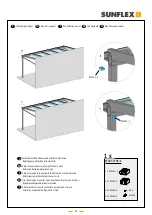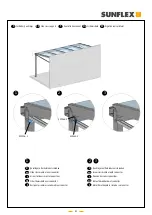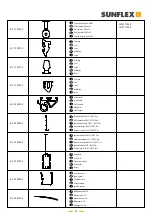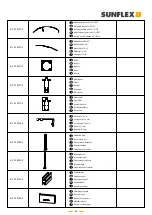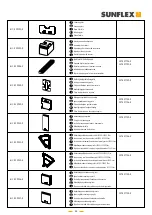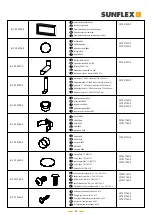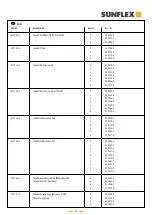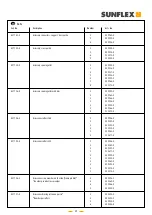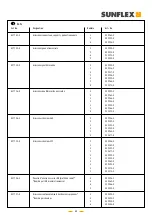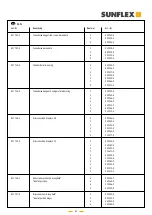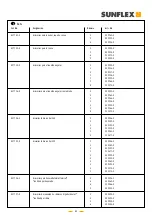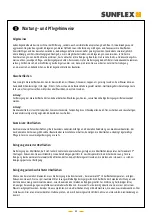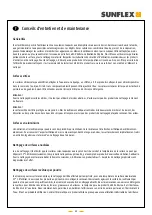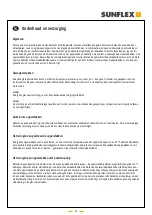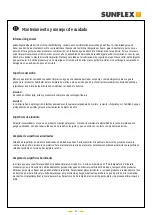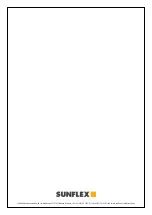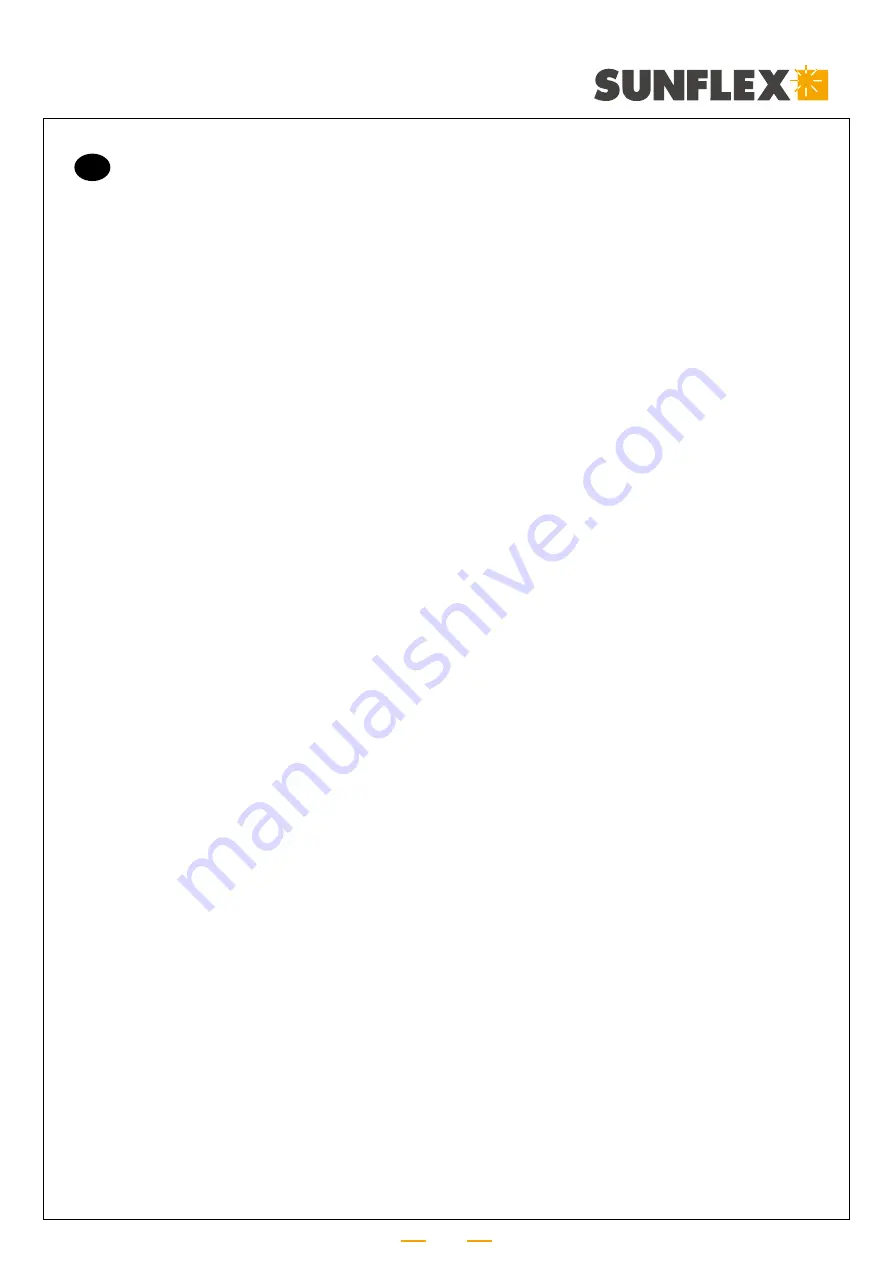
44
EN
Maintenance and servicing instructions
General
External building parts are not only subject to the weather, but also increased stress caused by smoke, industrial fumes and aggressi-
ve airborne dust. In conjunction with rain and dew, deposits of these substances may affect the surface and change the appearance.
External parts must therefore be cleaned (at least twice annually or more frequently depending on the degree of contamination) to avoid
possible settling of deposits. The sooner you remove dirt from the surface, the easier it is to clean. Observe the safety instructions and
instructions for use of the respective servicing and cleaning products. When cleaning do not use a material with an unknown compositi-
on. If you are not certain about the effect of the cleaner , then test it first by cleaning a visually unimportant, non-exposed portion of the
component.
Glass surfaces
Dirty glass surfaces can be cleaned using water and a sponge or cloth, etc. Commercially available non-abrasive glass cleaners (such as
Ajax, Pril, etc.) can be added to the water. Stubborn stains such as paint or tar splashes should be removed with methylated spirits or
white spirit.
Caution!
Do not use alkaline caustic solutions, acids, and fluoride-containing detergents to clean glass surfaces.
Caution!
A suitable protective film should be used to protect the glass surface against mortar spattering, cement slurry, sparks or weld sputtering
from partitioning screens and stone-facade acidic-cleaner.
Aluminium surfaces
Anodizing and powder coating is a highly durable and decorative finishing for aluminium components. To maintain the decorative ap-
pearance of such components for decades, the surfaces need to be regularly maintained by means of cleaning twice a year.
Cleaning anodized surfaces
Cleaning of the surfaces must not take place in direct sunlight, the surface temperature must not exceed 25°C. Use only neutral pH
cleaners such as normally diluted washing up liquid. Abrasive or scouring materials must not be used to clean heavily soiled, anodized
surfaces - cleaning pastes are available.
Cleaning powder-coated surfaces
In the same way as for anodized elements, cleaning must be carried out whilst cold (maximum of 25 °C surface temperature). In this
case also, use only pH-neutral material. Solvent-based cleaners attack the surface of the powder coating and, like scouring or abrasive
cleaners, should not be used. To remove stubborn fat and greasy dirt we recommend aroma-free methylated spirits. This must only be
applied for a short time and then rinsed off with clean water. In addition, we recommend treatment with car wax to leave a water-
repellent film. Check on a non-exposed area whether the material used has an adverse effect on the shine.

